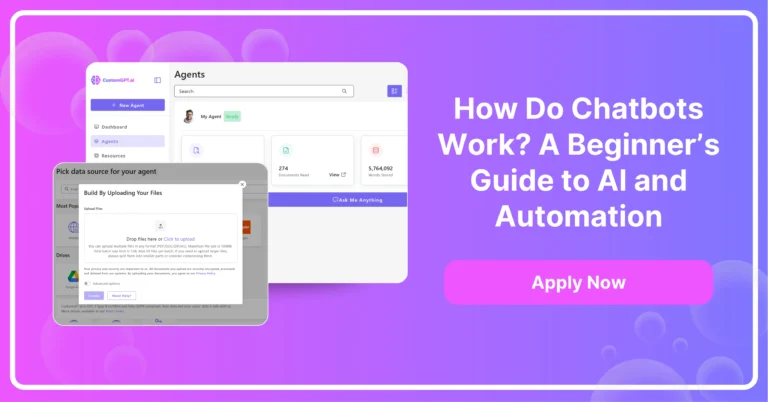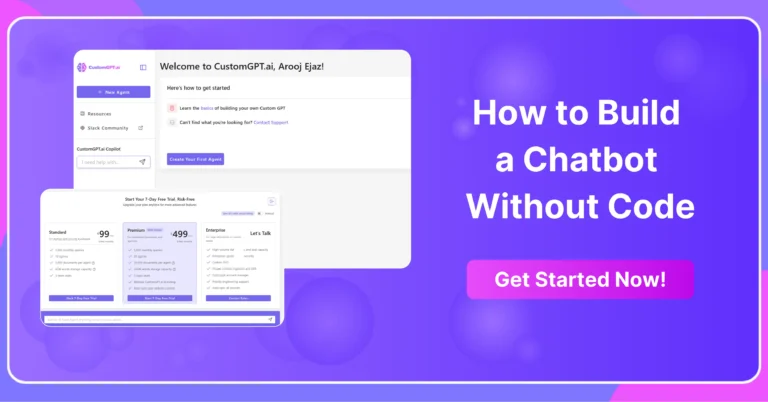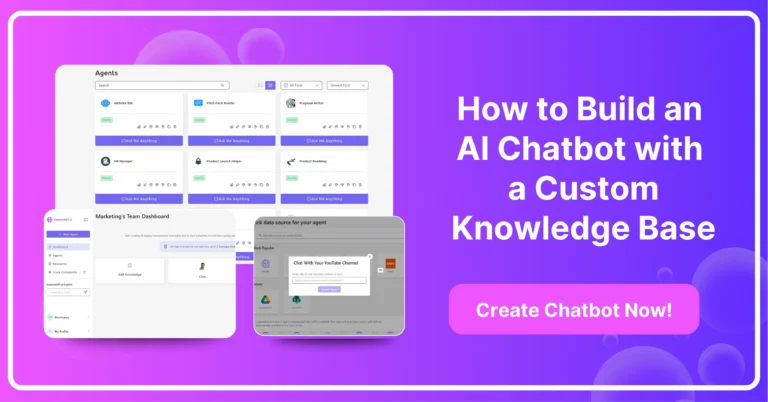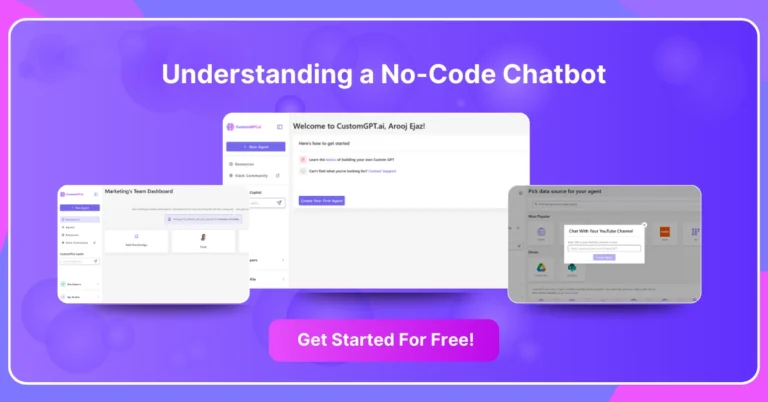Build custom gpt models that mirror your team’s expertise and vision.This guide lays out the steps and best practices to design an AI assistant tailored to your needs.
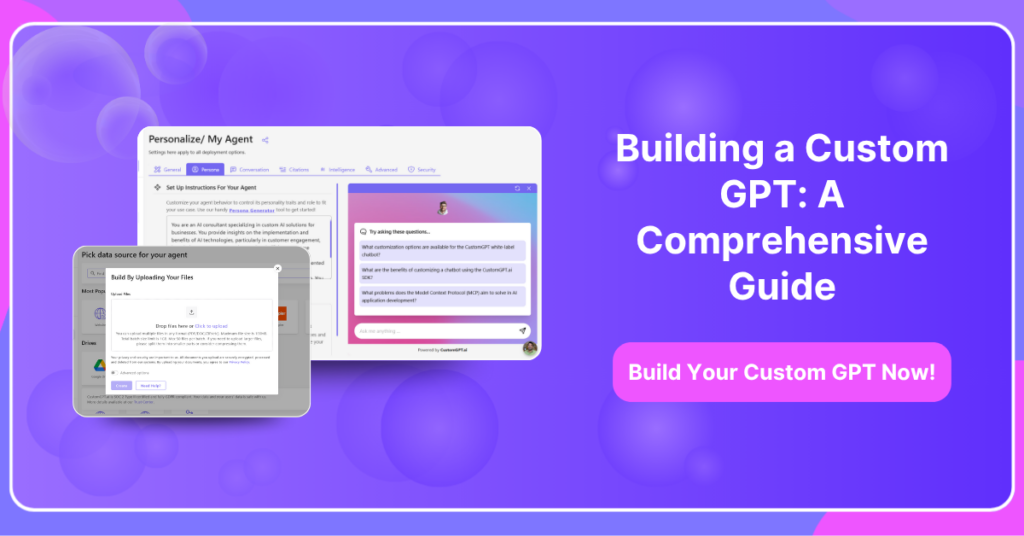
Discover how a personalized GPT can speed up decision making and enhance customer interactions. See how a model trained on your own data can unlock insights others miss.
You will learn how to collect and clean data, choose between fine-tuning or retrieval augmentation, and craft prompts that guide responses. Each stage is broken down to help you build a reliable, high performing model.
Finally, understand how to deploy your custom GPT into production, monitor its performance, and iterate as your business evolves. By the end of this guide, you will have a clear roadmap to bring a tailored AI assistant to life.
Defining Custom GPT
A Custom GPT is a language model tailored to a specific domain, organization, or set of tasks. It builds on a base GPT architecture but integrates specialized data and instructions so its responses align with unique requirements.
Rather than relying only on general pretraining, a Custom GPT is fine-tuned on curated datasets that reflect industry knowledge, product details, or proprietary documents.
This approach can also include retrieval-augmented generation, where the model consults a dedicated knowledge store at inference time.
By concentrating on a focused scope, a Custom GPT delivers higher accuracy and reduces the risk of hallucinations. Users benefit from consistent tone, domain-specific terminology, and reliable answers that match organizational guidelines.
Defining a Custom GPT begins with setting clear objectives and gathering high-quality data sources. From there, organizations must choose whether to retrain the model or layer on retrieval augmentation, then validate performance, monitor metrics, and iterate as needs evolve.
Differences Between Standard and Custom GPT
Standard GPT models come pre-trained on broad datasets and provide general-purpose language understanding, while Custom GPTs are fine-tuned or augmented with domain-specific data to deliver more accurate, context-aware responses for specialized tasks.
| Aspect | Standard GPT | Custom GPT |
| Training Data | Large, diverse public datasets | Curated domain-specific documents, FAQs, manuals, or proprietary data |
| Knowledge Scope | Broad, generic information | Focused on industry-specific terminology and context |
| Accuracy | Good for general queries but may hallucinate | Higher accuracy in the target domain, fewer irrelevant or incorrect answers |
| Customization | Minimal configuration | Fine-tuning or retrieval augmentation tailored to business needs |
| Use Cases | Open-ended chat, creative writing, broad tasks | Customer support, internal knowledge base, technical troubleshooting |
| Cost | Lower (no extra training) | Higher (training, data preparation, or embedding infrastructure) |
| Maintenance | Updates handled by model provider | Requires ongoing data updates and retraining or index refresh |
| Response Consistency | Variable tone and style | Consistent brand voice and adherence to organizational guidelines |
| Deployment Options | API access to base model | Hosted with custom API endpoints or integrated into specific systems |
Benefits of Custom GPT
Custom GPT models offer significant advantages over generic language models by aligning outputs with specific business objectives, reducing errors, and improving overall user satisfaction.
- Improved accuracy in domain-specific tasks
- Reduced hallucination through targeted training data
- Consistent tone that matches brand or organizational guidelines
- Faster response times by focusing on relevant information
- Enhanced data security since proprietary documents remain within the system
- Scalability to handle increasing query volumes without losing quality
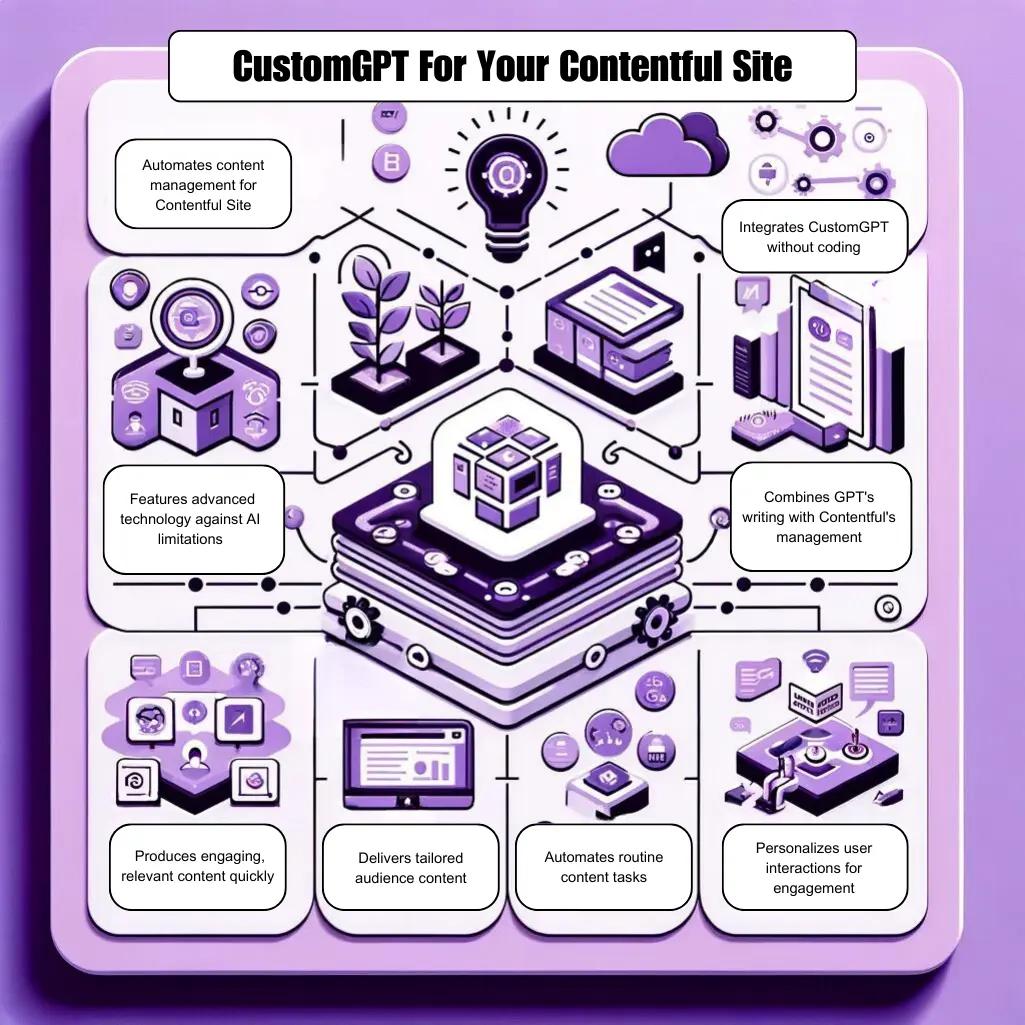
Creating a Custom GPT
Creating a Custom GPT involves defining clear objectives, gathering and preparing the right data, selecting a training or augmentation approach, crafting effective prompts, and continuously testing and refining the model until it meets your performance standards.
Step 1: Define Objectives
Identify the specific tasks, use cases, and success metrics for your Custom GPT. Clarify whether it will handle customer support, internal knowledge retrieval, content generation, or another domain. Set performance goals such as accuracy thresholds, response time limits, and compliance requirements.
Step 2: Gather and Prepare Data
Collect relevant documents, manuals, transcripts, and other resources that reflect your domain knowledge. Clean, deduplicate, and format this content so it can be ingested into training pipelines or indexed for retrieval. Label and annotate examples if you plan to fine-tune with supervised learning.
Step 3: Choose Training or Augmentation Approach
Decide whether to fine-tune a base GPT model using your prepared dataset or to implement a retrieval-augmented generation (RAG) architecture that queries a knowledge store at inference time. Consider factors like budget, latency requirements, and available compute resources when making this choice.
Step 4: Craft Prompts and Policies
Write system messages, role definitions, and prompt templates that guide the model toward desired behaviors. Establish guardrails, such as prohibited topics or answer formats, to ensure compliance with your brand voice and regulatory constraints.
Step 5: Train or Index Your Model
If fine-tuning, run training jobs on your curated dataset and monitor metrics such as loss, perplexity, and token efficiency. If using RAG, embed your documents into a vector store and configure the retrieval pipeline so the model can access relevant context during inference.
Step 6: Validate and Iterate
Evaluate your Custom GPT on a validation set or through user testing. Track key metrics like accuracy, hallucination rate, and response consistency. Identify failure modes, adjust prompts, update data sources, and retrain or re-index as needed until performance targets are met.
Step 7: Deploy and Monitor
Deploy the finalized model behind an API, chat widget, or other interface. Set up logging to capture conversation data, errors, and user feedback.
Monitor real-time metrics, such as latency, usage volume, and user satisfaction, and schedule periodic updates or retraining to keep your Custom GPT aligned with evolving needs.

Exploring CustomGPT.ai
CustomGPT.ai redefines how businesses approach AI by focusing on precision, adaptability, and trust. Unlike generic models, it emphasizes data ingestion pipelines that ensure seamless integration of structured and unstructured data.
For instance, a recent deployment for a retail chain processed over 500,000 customer feedback entries monthly, enabling real-time sentiment analysis and actionable insights.
A standout feature is its anti-hallucination technology, which grounds responses in verified data sources. This is critical in regulated industries like finance, where a single error can lead to compliance violations.
Moreover, performance analytics embedded within the platform allow iterative fine-tuning. By monitoring metrics like response accuracy and latency, businesses can adapt their models dynamically.
This ensures that the AI evolves alongside operational needs, delivering consistent, high-quality outputs tailored to specific workflows.
Features of CustomGPT.ai
CustomGPT.ai offers a streamlined, no-code solution for building AI assistants that leverage your proprietary data and maintain high accuracy.
It simplifies data ingestion, ensures reliable responses through advanced hallucination prevention, and provides robust analytics to track performance and user engagement.
- Wide File Format Support: Ingest over 1,400 file types, including PDFs, spreadsheets, and code snippets, without manual conversion
- Retrieval-Augmented Generation: Combines GPT-4 with a vector-based search layer to ground responses in your own documents
- Anti-Hallucination Layer: Automatically filters out unsupported or fabricated information to maintain trustworthiness
- Search Generative Experience Widget: Embed a Google-like AI search box on your website to answer visitor queries directly from your knowledge base
- Custom Prompt and Policy Editor: Define system messages, response templates, and compliance rules to ensure consistent brand voice and safe outputs
- Scalable API Endpoints: Deploy high-performance, secure endpoints that can handle growing query volumes without latency spikes
- Advanced Analytics Dashboard: Track usage metrics, identify common failure points, monitor user satisfaction, and measure ROI
- Version Control and Iteration: Maintain multiple model versions, roll back changes if needed, and continuously update with new data
- User Access Management: Control team permissions, assign roles, and track changes for collaborative development and compliance audits
- Multilingual Support: Train and deploy models capable of understanding and responding in multiple languages to serve global audiences

Start building your custom GPT today!
Accelerate your workflow with AI-powered personalization and automation.
Get started for freeFAQ
What is a Custom GPT?
A Custom GPT is a language model adapted to a specific domain or organization by fine-tuning on proprietary data or using retrieval-augmented generation, enabling it to deliver more accurate, context-aware responses than a generic model.
Why build a Custom GPT instead of using a standard model?
Building a Custom GPT ensures higher accuracy in specialized tasks, maintains a consistent brand voice, reduces hallucinations by grounding answers in your own data, and keeps sensitive information within your control.
What types of data are required to create a Custom GPT?
You need high-quality, domain-specific content such as manuals, policies, FAQs, transcripts, or other proprietary documents—cleaned, deduplicated, and formatted for either fine-tuning or vector-based retrieval.
How do I decide between fine-tuning and retrieval-augmented generation (RAG)?
Choose fine-tuning if you have ample labeled data and compute resources for training; opt for RAG if you want to keep the base model frozen and dynamically ground it with up-to-date documents through a vector store at inference time.
What steps are involved in deploying and maintaining a Custom GPT?
Deploy by wrapping your model behind an API or chat interface, set up logging and monitoring for response quality and latency, collect user feedback, and iteratively update your data, prompts, or fine-tuning schedule as your content evolves.
Conclusion:
Building a Custom GPT empowers organizations with AI that understands their unique context. It delivers more relevant and reliable interactions for users.
Follow a structured process of defining objectives and preparing quality data. Choose the right training or RAG approach and iterate based on feedback.
This results in a tailored AI assistant that drives efficiency and scales with needs. Your business can enhance user experiences and maintain a competitive edge. Ready to take it further? Discover hyper-personalization now
Start building your custom GPT today!
Create custom GPT for exceptional experiences powered by your unique data.
Trusted by thousands of organizations worldwide






